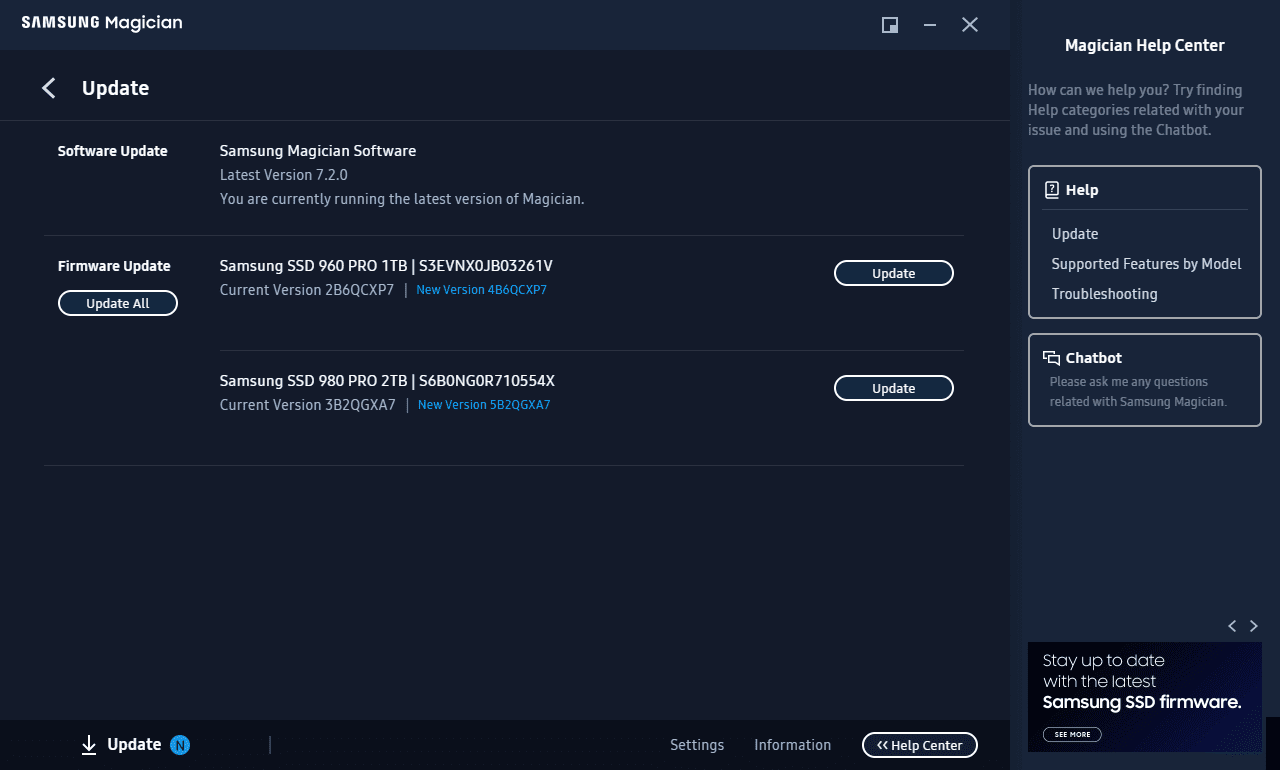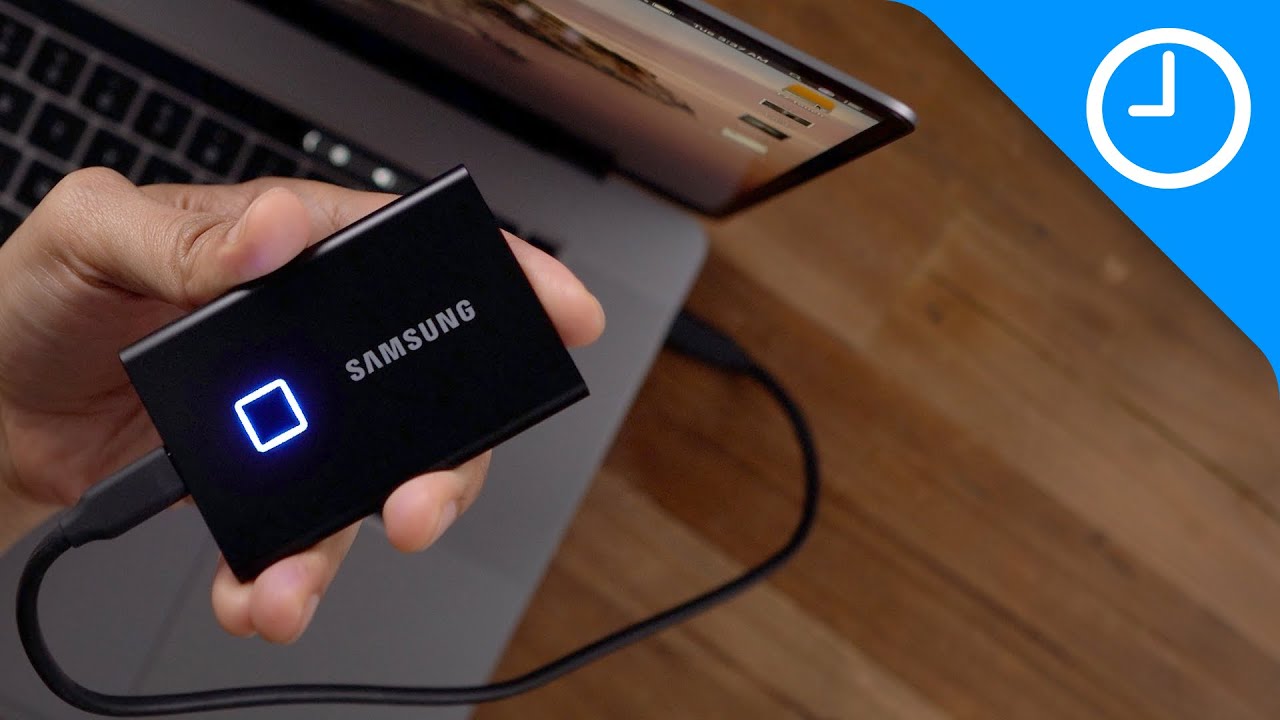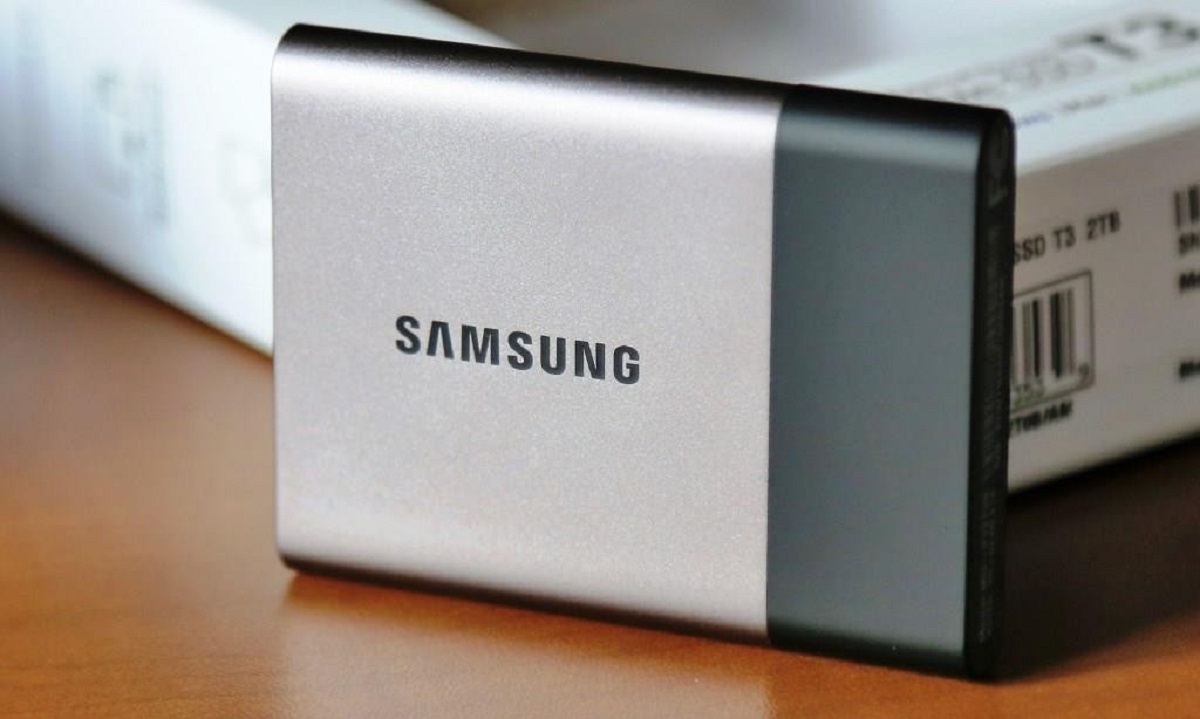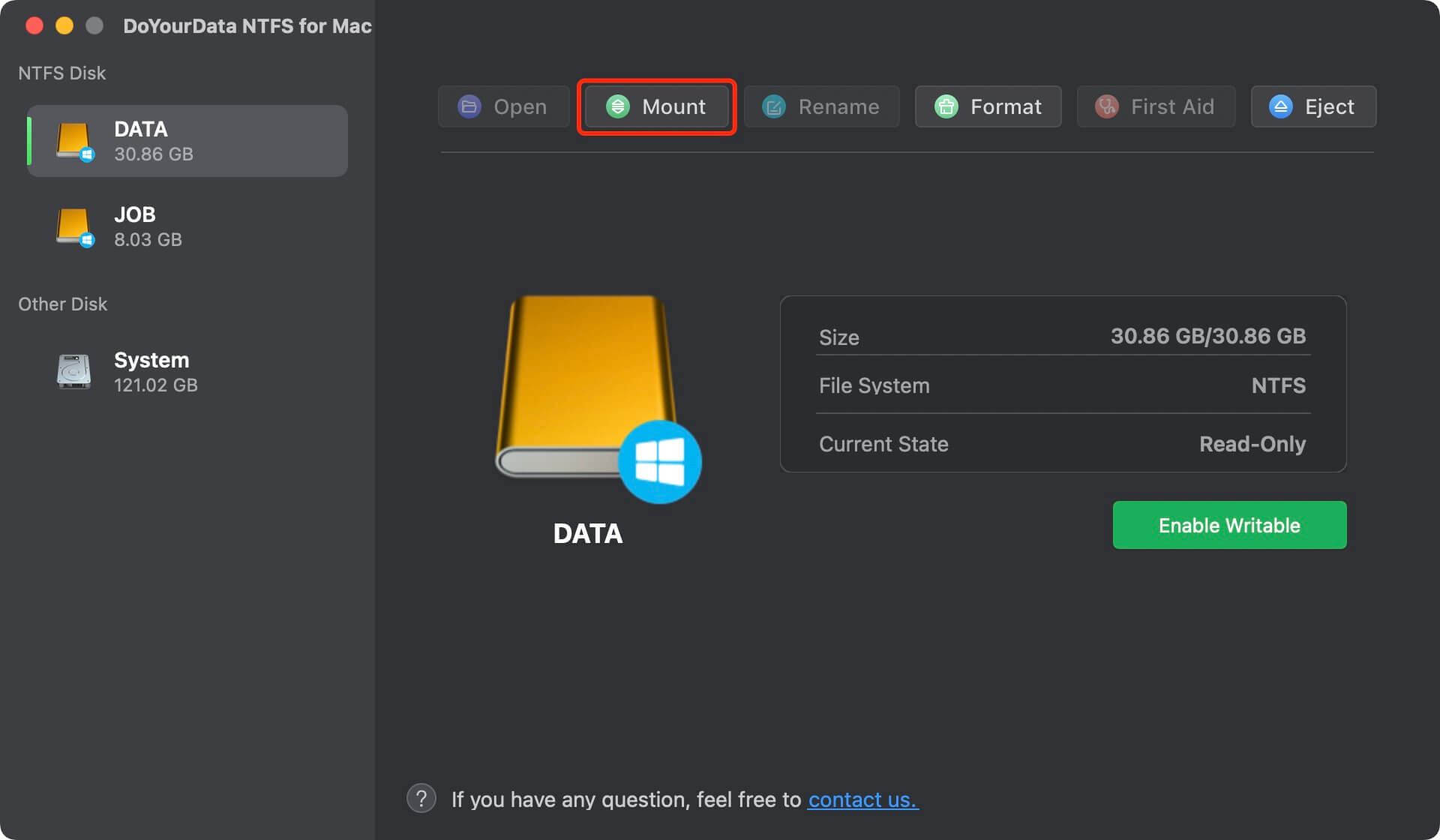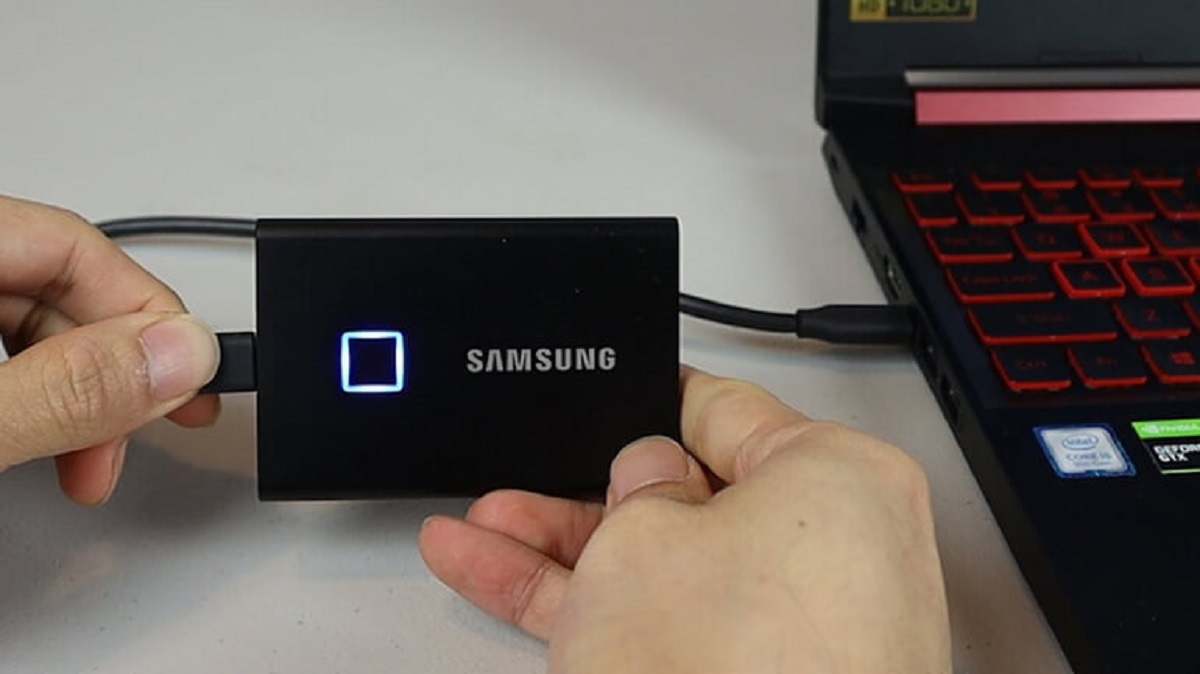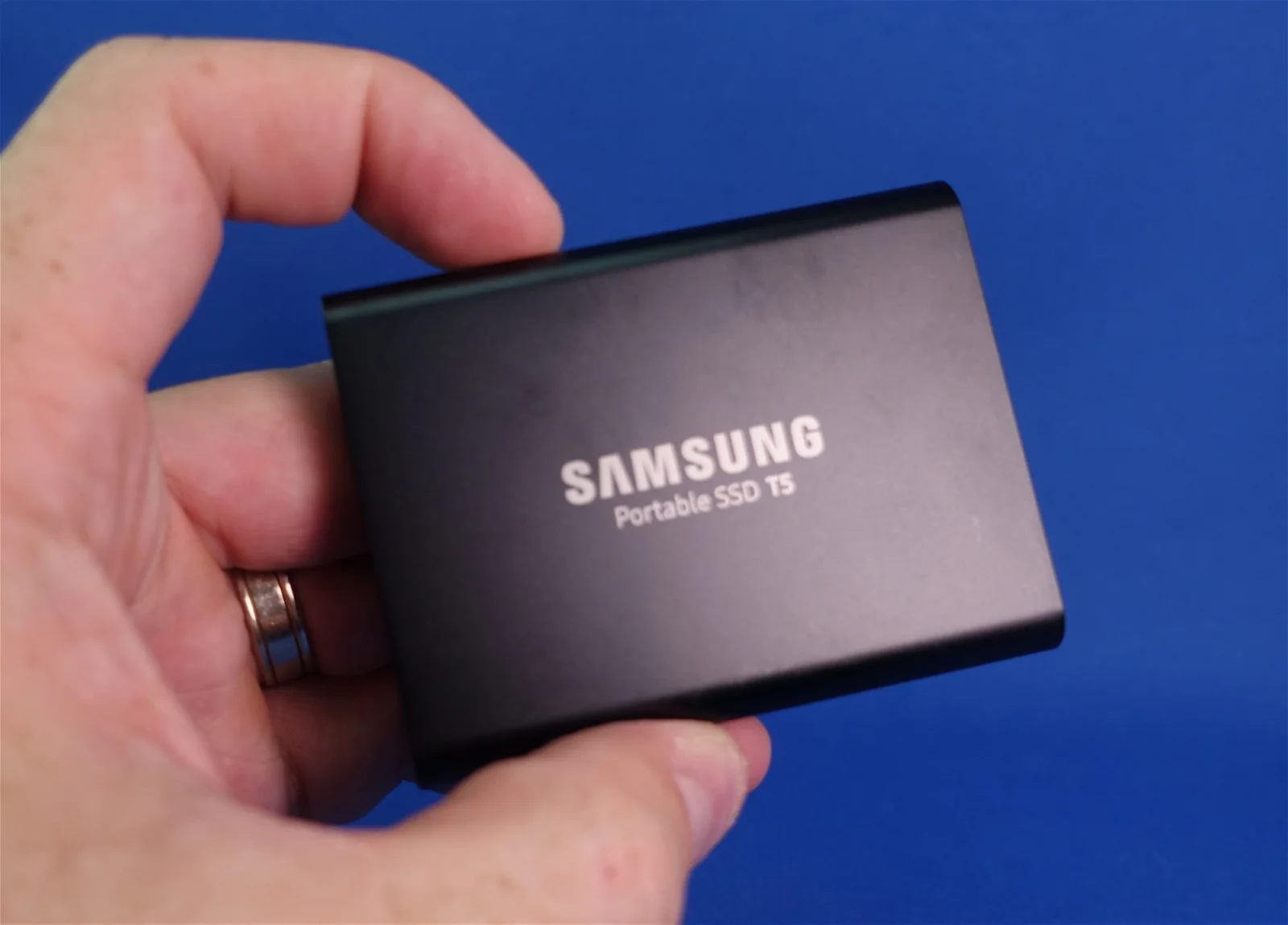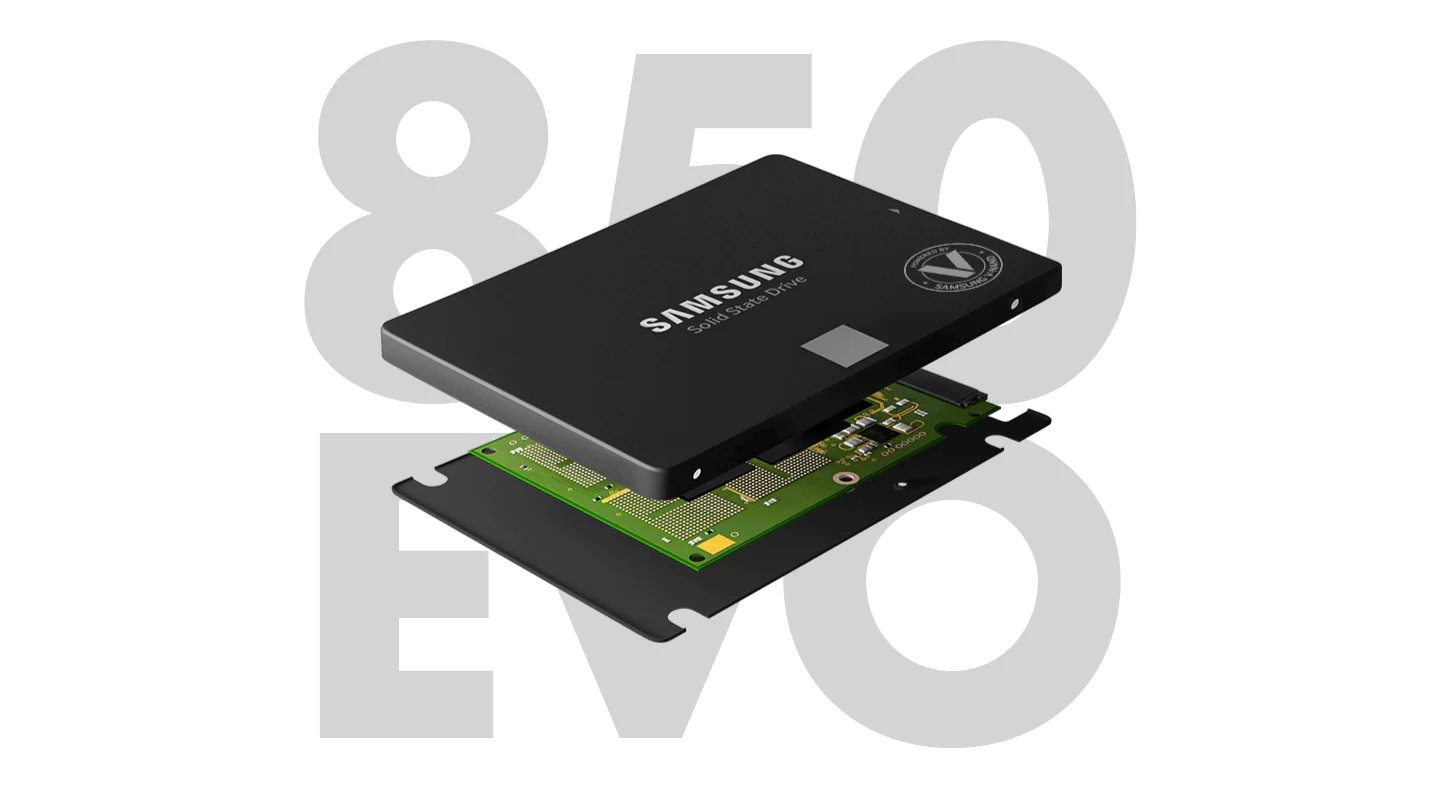Introduction
Welcome to this guide on how to update the firmware on your Samsung SSD. Whether you’re a casual computer user or a professional, keeping your SSD firmware up to date is crucial for maintaining optimal performance and stability. Firmware updates are often released by manufacturers like Samsung to address potential bugs, enhance compatibility with newer hardware, and improve overall reliability. By keeping your SSD firmware updated, you can ensure that your drive operates at its best.
SSD firmware acts as the operating system for your solid-state drive, controlling various functions such as data storage, management, and performance optimization. Just like any software, firmware can occasionally encounter bugs or issues that need to be resolved. Manufacturers regularly release firmware updates to address these issues, introducing improvements, new features, and compatibility enhancements. It’s important to note that updating firmware may also help resolve some compatibility issues with your system.
Checking and updating your SSD firmware is a straightforward process that can be done using Samsung Magician, a utility specifically designed for managing Samsung SSDs. If you don’t have Samsung Magician installed, don’t worry – I’ll also explain how to update the firmware without it. Before diving into the update process, it’s essential to prepare your system properly to minimize any potential risks or interruptions during the firmware update.
In the following sections, I will guide you through the steps to determine if your Samsung SSD needs a firmware update, how to prepare for the update, and the detailed process of updating the firmware using Samsung Magician. I’ll also provide alternative methods for updating your SSD firmware if you don’t have access to Samsung Magician. Additionally, I’ll discuss common issues that may arise during the firmware update process and provide troubleshooting solutions to help overcome them.
So, let’s dive in and ensure that your Samsung SSD is running the latest firmware, unlocking its full potential and enhancing your overall computing experience.
Why is it important to update SSD firmware?
Regularly updating the firmware on your SSD is of utmost importance to ensure optimal performance and longevity of your drive. Here are a few reasons why you should keep your SSD firmware up to date:
- Improved Stability: Firmware updates often address bugs or issues that can affect the stability of your SSD. By updating the firmware, you can resolve these issues and ensure that your drive operates flawlessly.
- Better Compatibility: As technology advances, newer hardware and software may not always be fully compatible with older firmware versions. Updating your SSD firmware helps to ensure that your drive remains compatible with the latest hardware and software releases.
- Enhanced Performance: Firmware updates can introduce performance optimizations, allowing your SSD to deliver improved read and write speeds. By updating the firmware, you can unlock the full potential of your SSD and enjoy faster data transfer rates.
- Increased Security: Firmware updates often include security patches that address potential vulnerabilities or exploits. By keeping your SSD firmware up to date, you can safeguard your data and protect yourself against potential security threats.
- Bug Fixes: Just like any software, firmware can have bugs or programming errors that may impact the functionality of your SSD. Firmware updates typically address these bugs, ensuring that your drive operates as intended and minimizing the risk of data loss or system instability.
It’s important to note that firmware updates are released by SSD manufacturers like Samsung after extensive testing and quality assurance. These updates are designed to enhance the performance and reliability of your drive, and it’s generally recommended to install them when they become available.
Now that you understand the importance of updating your SSD firmware, let’s move on to the next section, where we’ll discuss how to check if your Samsung SSD needs a firmware update.
Check if your Samsung SSD needs a firmware update
Before proceeding with a firmware update, it’s essential to determine if your Samsung SSD actually requires an update. Here’s how you can check:
- Visit the Samsung website: Go to the official Samsung website and navigate to the support section.
- Identify your SSD model: Find the specific model of your Samsung SSD. You can usually locate this information on the drive itself or refer to the product documentation.
- Check for firmware updates: Look for the “Downloads” or “Support” section on the Samsung website. Enter your SSD model number and search for available firmware updates.
- Review the release notes: Once you find the firmware update for your SSD model, read the release notes carefully. The release notes provide information about the changes, bug fixes, and improvements included in the firmware update.
- Determine if an update is necessary: Assess whether the changes and fixes mentioned in the release notes are relevant to your specific needs. If there are significant enhancements or fixes that could benefit your SSD’s performance or stability, it’s recommended to proceed with the firmware update.
Alternatively, you can also use Samsung Magician, a dedicated utility for Samsung SSDs, to check for firmware updates. Samsung Magician provides a straightforward way to manage and update your SSD firmware. Simply open the Samsung Magician software, go to the “Firmware” section, and click on the “Check for Updates” button. The software will then check if there are any available firmware updates for your Samsung SSD and guide you through the installation process if necessary.
Keep in mind that it’s crucial to only download firmware updates from trusted sources, such as the official Samsung website or through Samsung Magician. Avoid installing firmware updates from third-party websites to prevent the risk of installing malicious or incompatible firmware that could damage your SSD.
Once you have determined that a firmware update is needed for your Samsung SSD, it’s time to prepare your system for the update. We’ll cover this in the next section.
Preparing for the firmware update
Before proceeding with a firmware update on your Samsung SSD, it’s important to properly prepare your system to ensure a smooth and successful update process. Here are some steps to follow:
- Backup your data: It’s always a good practice to back up your important data before performing any firmware update. While the chances of data loss during a firmware update are minimal, it’s better to be safe than sorry. Copy your important files to an external storage device or use a reliable cloud backup service.
- Close running applications: Before starting the firmware update process, make sure to close any unnecessary applications running in the background. This will minimize the risk of any conflicts or interruptions that could potentially interfere with the firmware update.
- Disable disk encryption: If you have enabled disk encryption on your Samsung SSD, such as BitLocker or FileVault, temporarily disable it before proceeding with the firmware update. Encryption can interfere with the update process and cause errors. Remember to re-enable encryption after the firmware update is completed.
- Check power source: Ensure that your computer or laptop is connected to a reliable power source during the firmware update. A sudden power loss during the update process could corrupt the firmware and potentially render your SSD unusable. If you’re using a laptop, it’s advisable to connect it to the power adapter.
- Free up disk space: Make sure that you have enough free disk space on your system drive to accommodate the firmware update. Some firmware updates require temporary files to be extracted on the system drive, so having sufficient space is essential.
- Read the instructions: Before initiating the firmware update, carefully read and understand the instructions provided by Samsung. Different SSD models may have specific requirements or steps for the firmware update process. Following the instructions accurately will help ensure a successful update.
By following these preparation steps, you can minimize the risk of encountering any issues during the firmware update process and ensure a seamless update experience. It’s crucial to be patient and avoid interrupting the update process once it has started. Now that you’ve prepared your system, let’s proceed to the next section, which covers the process of updating Samsung SSD firmware using Samsung Magician.
Updating Samsung SSD firmware using Samsung Magician
Samsung Magician is a powerful utility specifically designed for managing Samsung SSDs. It provides a convenient and user-friendly interface for updating the firmware on your Samsung SSD. Here’s how you can update your firmware using Samsung Magician:
- Download and install Samsung Magician: If you don’t already have Samsung Magician installed on your computer, visit the official Samsung website and download the latest version of the software. Once downloaded, follow the on-screen instructions to install it on your system.
- Open Samsung Magician: Launch the Samsung Magician software from your desktop or start menu. It may take a few seconds to detect and display your connected Samsung SSD.
- Check for firmware updates: Once Samsung Magician is open, navigate to the “Firmware” section. The software will automatically check for any available firmware updates for your Samsung SSD.
- Review the firmware details: If there is a firmware update available, a notification will be displayed. Read the release notes and firmware details to understand the changes and improvements introduced with the update. It’s important to ensure that the update is compatible with your SSD model and addresses any specific issues you may have encountered.
- Start the firmware update process: If you decide to proceed with the firmware update, click on the “Update” button. Samsung Magician will guide you through the necessary steps to complete the update process. Follow the on-screen instructions and be patient as the firmware update progresses. Avoid interrupting the process or turning off your computer during the update.
- Restart your computer: After the firmware update is successfully completed, Samsung Magician will prompt you to restart your computer. Restart your system to ensure that the new firmware is fully installed and activated.
- Verify the firmware update: Once your computer has restarted, open Samsung Magician again and go to the “Firmware” section. Confirm that the firmware version displayed matches the latest version you updated to. This serves as a verification that the update was installed correctly.
Updating your Samsung SSD firmware using Samsung Magician is a straightforward process and ensures that you have the latest firmware version installed for your drive. However, if you don’t have access to Samsung Magician or encounter any issues during the update process, don’t worry. In the next section, we’ll discuss an alternative method to update your Samsung SSD firmware without Samsung Magician.
Updating Samsung SSD firmware without Samsung Magician
If you don’t have Samsung Magician installed or prefer an alternative method to update your Samsung SSD firmware, you can still update the firmware using a bootable USB drive and the Samsung SSD Firmware Update tool. Here’s how:
- Create a bootable USB drive: Download the Samsung SSD Firmware Update tool from the official Samsung website and follow the instructions provided to create a bootable USB drive. This USB drive will be used to boot into a separate environment for the firmware update process.
- Connect the USB drive: Insert the bootable USB drive into a USB port on your computer and restart your system.
- Boot from the USB drive: During the startup process, access the BIOS/UEFI settings of your computer by pressing the designated key (often Del, F2, or F12) as prompted on the screen. In the BIOS/UEFI settings, set the USB drive as the primary boot device.
- Launch the firmware update tool: Once your system boots from the USB drive, follow the on-screen instructions to launch the Samsung SSD Firmware Update tool from the USB drive.
- Detect and update the SSD firmware: The firmware update tool will scan your system for connected Samsung SSDs. It will display the available firmware updates for your SSD model. Select the appropriate update, and follow the instructions to initiate the firmware update process.
- Monitor the update process: Be patient as the firmware update progresses. Do not interrupt the process or turn off your computer, as this could result in firmware corruption.
- Restart your computer: After the firmware update is complete, restart your computer and remove the bootable USB drive.
- Verify the firmware update: Upon reboot, check the firmware version of your Samsung SSD using the appropriate software or utility. Confirm that the firmware version matches the latest version you updated to.
Updating your Samsung SSD firmware without Samsung Magician using a bootable USB drive and the Samsung SSD Firmware Update tool provides an alternative method to ensure your SSD has the latest firmware version. It’s essential to follow the instructions carefully and avoid any interruptions during the update process to prevent any potential issues or data loss.
In the next section, we’ll address common issues that you may encounter during the firmware update process and provide troubleshooting solutions to help resolve them.
Troubleshooting common issues during firmware update
While updating the firmware on your Samsung SSD, you may encounter some common issues. Here are a few troubleshooting solutions to help you address these issues:
- Compatibility issues: If you are experiencing compatibility issues between your system and the firmware update, ensure that you have downloaded the correct firmware version for your specific SSD model. Double-check the model number and consult the official Samsung website for any specific instructions or compatibility requirements.
- Connection problems: Ensure that your Samsung SSD is properly connected to your system. Verify that the SATA cables are securely attached and that the drive is recognized by your computer. Try connecting the SSD to a different SATA port or using a different cable if necessary.
- Insufficient disk space: To avoid issues during the firmware update, ensure that you have enough free space on your system drive. Delete unnecessary files or applications to free up disk space if needed.
- Power failure: Ensure that your computer has a stable power source during the firmware update. Connect your laptop to a power source to prevent it from shutting down while the update is in progress. A sudden power failure can lead to firmware corruption and potential data loss.
- System freezing or hanging: If your system freezes or hangs during the firmware update process, it’s essential to remain patient and not interrupt the process. Wait for some time to see if the system resumes. If it doesn’t, force restart your computer and try the firmware update again.
- Error messages: If you encounter error messages during the firmware update, take note of the specific error code or message. Visit the official Samsung website or consult their support documentation for troubleshooting steps related to that particular error. It’s also recommended to check if there are any firmware or driver updates for your system.
- Third-party software interference: Certain third-party software, such as antivirus programs or disk utilities, might interfere with the firmware update process. Disable or temporarily uninstall these programs before attempting the firmware update. Remember to re-enable or reinstall them after completing the update.
- Seek technical assistance: If you encounter persistent issues or are unsure about specific steps during the firmware update process, seek assistance from the official Samsung support channels or consult a professional technician to ensure a successful update.
Remember, updating firmware carries a certain level of risk, and it’s crucial to approach the process with caution. Following these troubleshooting solutions can help overcome common issues, but it’s important to carefully read and follow the instructions provided by Samsung and exercise care to prevent any potential data loss or damage to your SSD.
In the next section, we’ll conclude this guide and summarize the key points discussed throughout.
Conclusion
Updating the firmware on your Samsung SSD is a vital step in maintaining optimal performance, stability, and compatibility with your system. In this guide, we’ve explored the importance of firmware updates and provided step-by-step instructions on how to check if your Samsung SSD needs a firmware update.
We discussed two methods for updating the firmware: using the Samsung Magician software and updating without Samsung Magician using a bootable USB drive and the Samsung SSD Firmware Update tool. Both methods offer a reliable way to keep your SSD firmware up to date and unlock its full potential.
Throughout this guide, we emphasized the significance of proper preparation, including backing up your data, closing applications, disabling disk encryption, and ensuring a stable power source. Following these precautions minimizes the chances of encountering issues during the firmware update process.
We also covered common issues that may occur during the firmware update and provided troubleshooting solutions. It’s important to approach the update process patiently and remain vigilant to avoid any complications that could impact the update’s success.
Remember to rely on official sources, such as the Samsung website or Samsung Magician, for firmware updates, and avoid downloading firmware from third-party sources to ensure the authenticity and safety of the update.
By keeping your Samsung SSD firmware up to date, you can enjoy improved stability, better compatibility, enhanced performance, increased security, and bug fixes. Regularly checking for firmware updates and staying proactive in keeping your SSD firmware current will help maximize the lifespan of your SSD and optimize its performance.
Now that you have a comprehensive understanding of the firmware update process, you can confidently ensure that your Samsung SSD is always running on the latest firmware. Stay informed, follow best practices, and enjoy the improved performance and reliability of your Samsung SSD.







